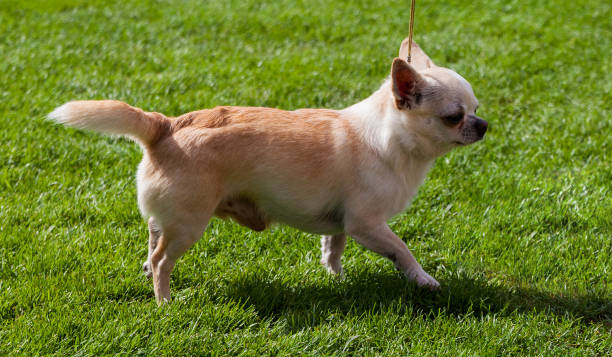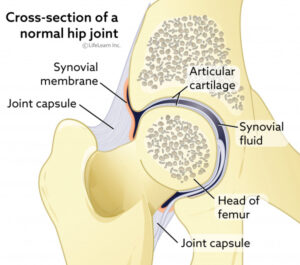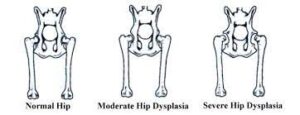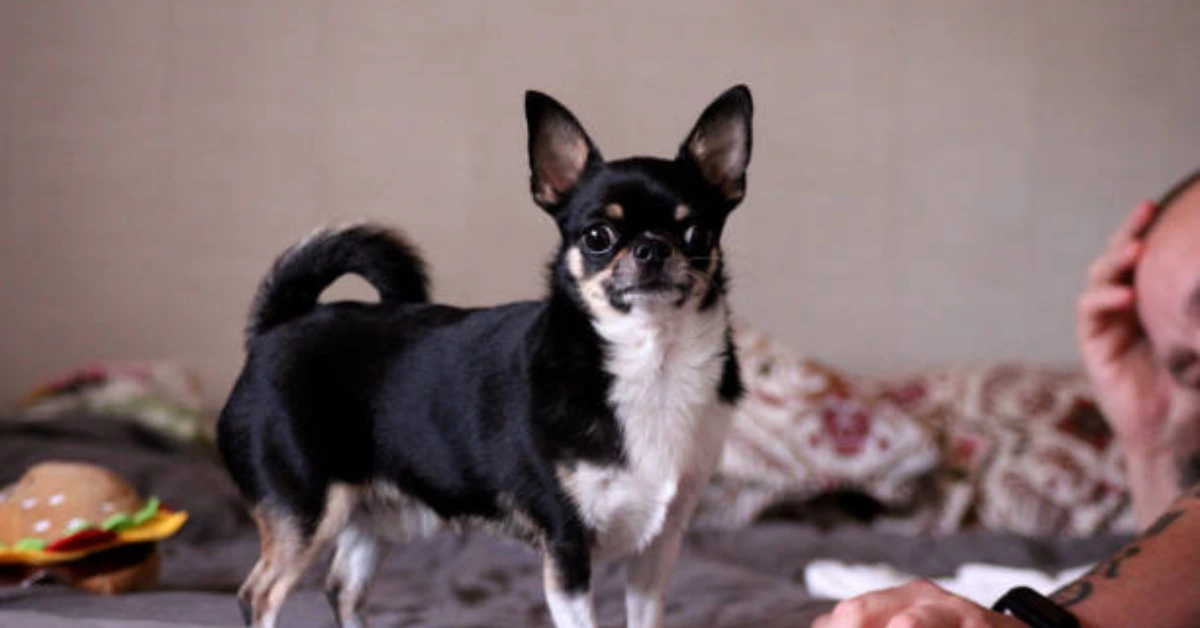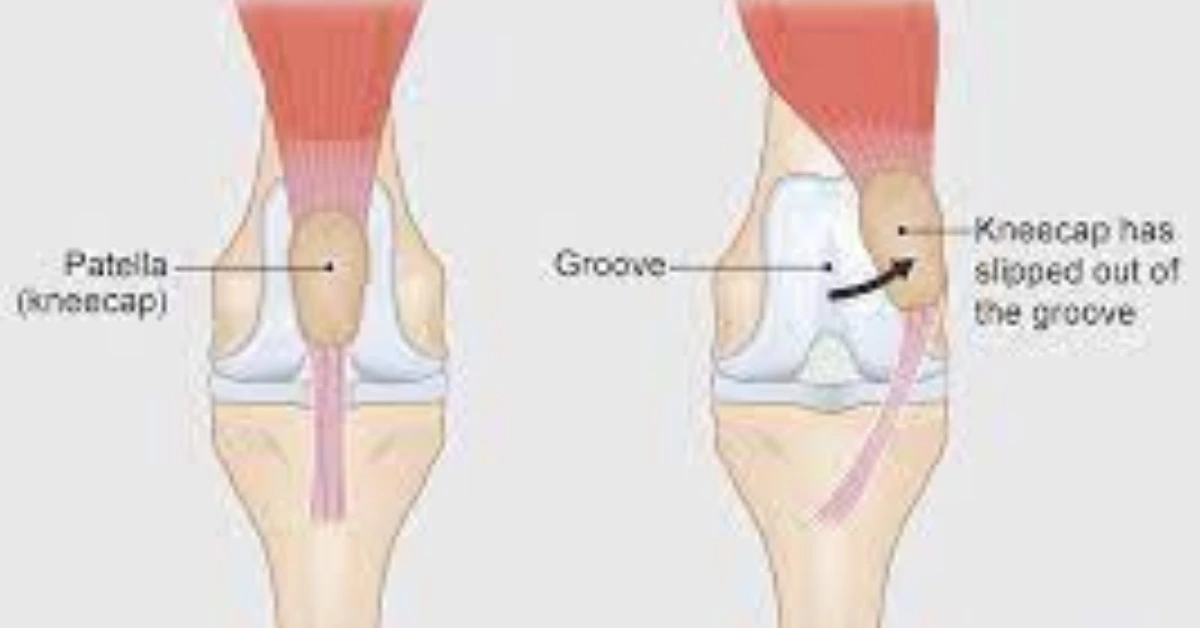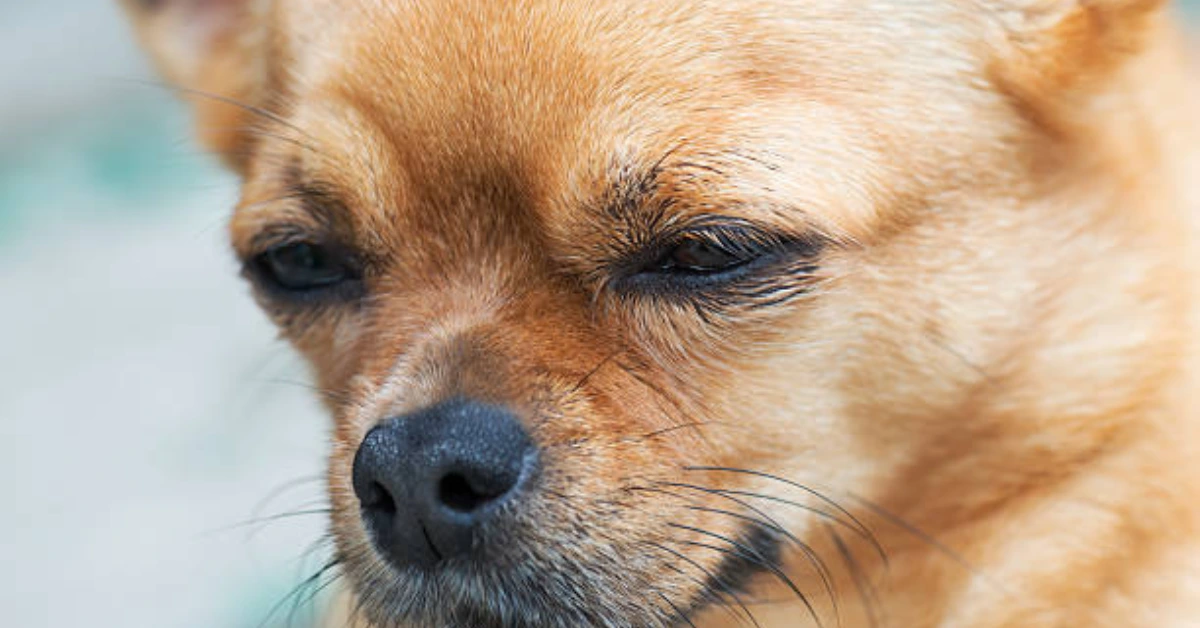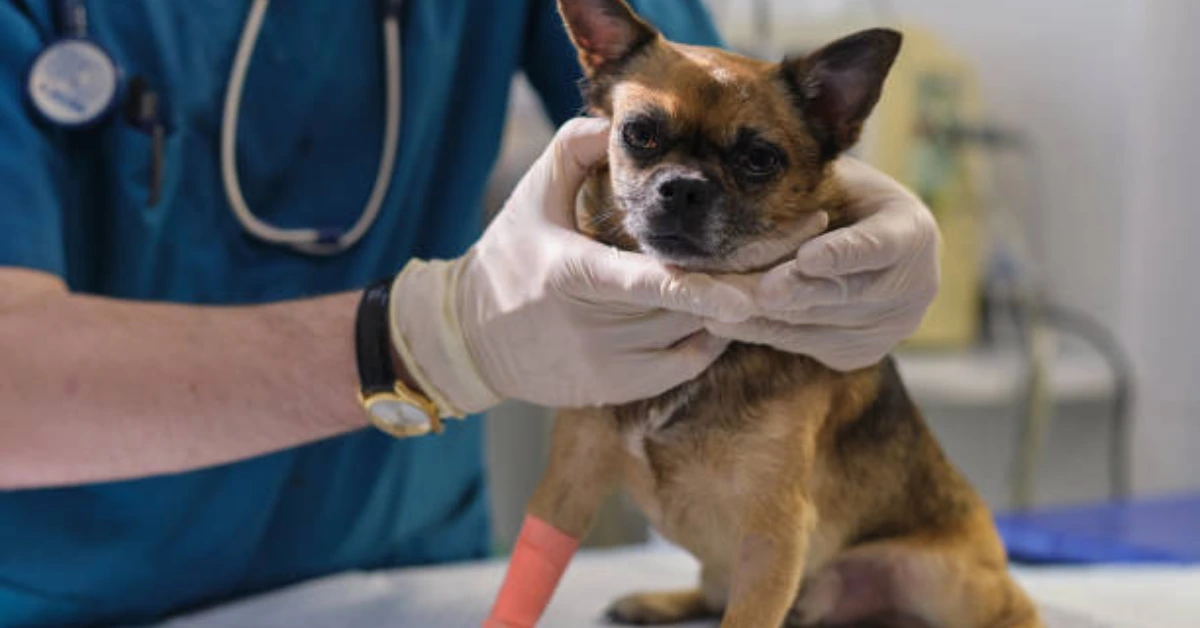The words “hip dysplasia” scare owners of Chihuahua dogs, but it can occur to dogs of any size.
So, what is hip dysplasia, and why does it worry pet owners so much? This article will cover all you need to know about this condition in chihuahuas, from symptoms and signs to treatments and care.
What Is Hip Dysplasia in Chihuahuas?
Hip dysplasia is a condition that happens when a chihuahua is still growing. It causes the hip joint to become loose, which leads to problems and pain.
Advertisement
The cartilage and bone in the dog’s hip start to wear down as the dog grows. Over time, this makes chihuahuas get arthritis, lose muscle mass, and have trouble moving around.
It happens most often in large-breed dogs, and studies show that it is passed down from parent to child.
What Causes Hip Dysplasia?
Veterinarians agree that a dog’s genes can definitely play a role in whether or not he gets hip dysplasia. Hip dysplasia is much more likely to happen to a dog whose parents had it than to happen to any other dog. Even if a dog has no family history of the disease, it can still get it because of other things. What a dog eats and how he is fed can be very important. Hip dysplasia is much more likely to happen in obese dogs than in healthy dogs. Also at risk are dogs who eat too much calcium, gain weight quickly, or eat food that isn’t well-made.
What Are the Signs of Hip Dysplasia?
Hip dysplasia in chihuahuas can sometimes go unnoticed, but here are some common signs:
- Severe or occasional lameness
- Limping without having been hurt or hurt before
- Sounds of joints cracking and popping
- “Hop like a bunny” when running
- Having a hard time getting up?
- Unusual sitting positions
- Having trouble getting on and off of furniture, going upstairs, or jumping
Chihuahuas can be very calm, so they might not show all of these signs. But this condition is very painful, even if your dog doesn’t show any signs.
Hip Dysplasia Treatment In Chihuahuas?
Hip dysplasia in chihuahuas can lead to long-term arthritis, which can be lessened or even stopped if the disease is caught early. Canine hip dysplasia can be treated in a number of ways, some of which involve surgery and some of which involve medications.
Before deciding how to treat your chihuahua, your vet will think about a lot of things. Before you decide if surgery or medical care is best for your pet, an orthopedic evaluation should be done.
1. Surgical Options
Before choosing surgery, there are many things to think about. In many cases, surgery has a good chance of working and can help chihuahuas get back to normal so they can live normal lives.
A procedure called juvenile pubic symphysiodesis can save a dog’s joint if it is done before he is 18 weeks old. A triple pelvic osteotomy can be done on chihuahuas younger than 10 months old.
Most of the time, total hip replacements and femoral head osteotomies are done on adult dogs with arthritic joints that hurt and make it hard for them to move around.
Talk to your chihuahua’s regular vet or a board-certified veterinary surgeon to figure out what’s best for him or her.
2. Weight Management
Hip dysplasia causes pain and other symptoms that get worse if the chihuahua is overweight. When dogs are overweight, putting them on a healthy diet until they reach a healthy weight will help their symptoms a lot.
3. Exercise
Regular dog exercise to the diseased joint can help bring more blood to the area and strengthen other muscles to make up for the weak area. Swimming, walking, and gentle play are all good examples of gentle exercise.
You can also talk to a vet who specializes in rehabilitation to help you figure out how to do exercise therapy.
4. Massage Therapy
When you massage your dog’s sore spot on a regular basis, you increase blood flow, relieve stress, and make your dog feel pretty darn good.
5. Keeping your chihuahua warm
Hip dysplasia gets worse when it’s cold, just like arthritis does. Make sure your chihuahua has a warm, comfortable place to sleep. If it’s very cold outside, keep your dog inside. If it’s cold outside, put a sweater on your chihuahua before taking him for a walk.
Get your dog a bed made of memory foam to keep him off the solid, cold floor.
6. Make Things Easier For Your Chihuahua
A chihuahua with hip dysplasia can feel a lot of pain when they use stairs or jump up and down to get on and off couches, beds, or cars. You can build or buy a ramp for outside stairs that can be very helpful. There are quite a variety of collapsible doggie ramps available.
7. Anti-Inflammatory Drugs
Giving these drugs to chihuahuas is a very controversial topic. Vets have different points of view. See what your vet suggests, and then do your own research before deciding. Before we found out about glucosamine, we gave our chihuahua daily painkillers. he no longer needs the drugs since he started doing that.
There are many different pain relievers for dogs to choose from. Some are pills that the dog can eat, while others need to be crushed or hidden in food, and still, others need to be injected into the dog. Before you start any drug therapy, you should always talk to your vet.
8. Oral Supplements for Chihuahuas
There are a number of natural and healthy oral supplements for chihuahuas that can help a lot with hip dysplasia or arthritis pain. Here are some supplements that can help people with hip dysplasia:
Glucosamine
Chondroitin
The Omega-3 Fatty Acids
MSM
Duralactin
Creatine
Vitamin C
What’s the Cost of Surgery for Chihuahuas With Hip Dysplasia?
Surgery can get rid of the pain that sometimes can’t be managed by medicine for the rest of your chihuahua’s life. It may lower the risk and cost of taking medications for the rest of the dog’s life, and it can sometimes be cheaper in the long run.
Costs for surgery are very different and depend on many things, such as:
Type of procedure
Location
Your chihuahua’s age, size, and any health problems he or she already has.
Type of clinical setting (university, private practice, referral clinic, non-profit, or government agency)
Some insurance claims for total hip replacements can cost anywhere from $1,500 to $7,000. This shows how much the costs can vary.
But if you compare this to the cost of medical treatment, which can include painkillers and supplements for the joints, surgery can end up being much cheaper and more effective in the long run.
For example, if a chihuahua lives 10 years and starts to show signs at age 2, you might spend between $4,800 and $19,200 on medications to treat the condition over the course of its life:
Cost of medicines per month: $50 to $200
$50* 12 equals $600 per year; $600 times 8 years equals $4,800
$200* 12 years is $2,400 per year; $2,400 times 8 years is $19,200.
This price doesn’t even include any diets for joint health that may be prescribed.
How Long Can a Chihuahua Live With Hip Dysplasia?
A chihuahua with hip dysplasia can live a normal, healthy life with the right surgery and medicine.
Every six months, you should take your dog to the vet for a physical exam to make sure the joints are healthy and to improve muscle strength and mobility.
How to Prevent Hip Dysplasia in Chihuahuas
At this time, no one knows how to keep dogs from getting hip dysplasia. It seems to be a genetic condition, and many dogs are born with it, especially large and giant breeds.
For healthy joints and to protect the cartilage of the joints, high-risk dogs should start taking joint supplements as early as 3 months of age.
You should also work with your vet to keep your dog’s weight at a healthy level. A dog’s joints can be less stressed if it stays at a healthy weight.
Have you ever had a dog with hip dysplasia before? In the comments, tell us about what worked or didn’t work for your dog.
YOU MAY ALSO LIKE:
Patella Luxation In Chihuahuas: Diagnosis, Treatment & More
Advertisement

